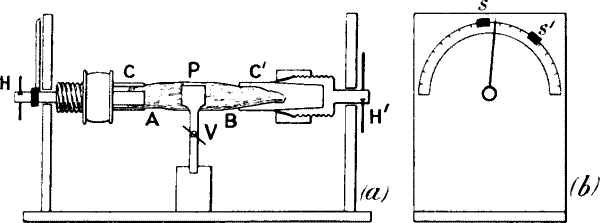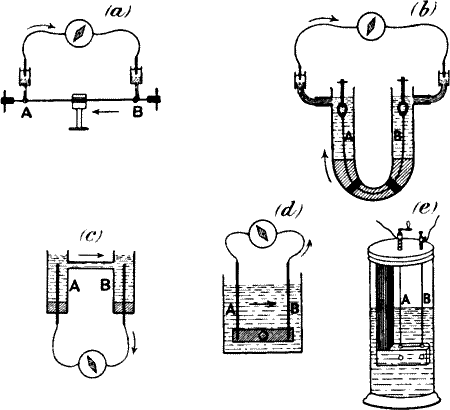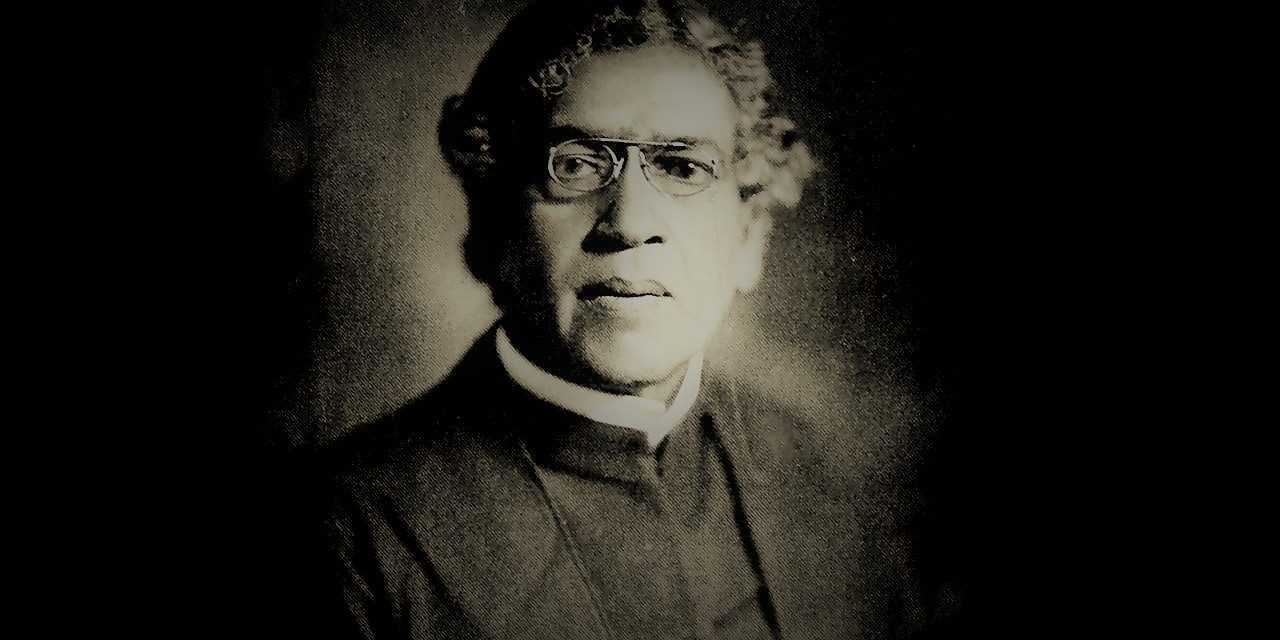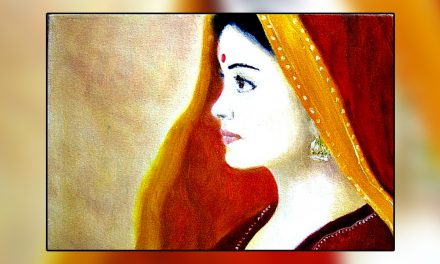Rabindranath Tagore’s beautiful verses ` The great and the glorified of those far off lands, assembled and acclaimed, your work in unison’ was for one man he held highly – Sir Jagadish Chandra Bose. Lord Kelvin once wrote to Bose saying that he “was literally filled with wonder and admiration: allow me to ask you to accept my congratulations for so much success in the difficult and novel experimental problems which you have attacked.” His work was so significant that it (literally, and recently) made an impact, so to say, on the moon too in the form of an impact crater named after him! But what we often do not appreciate enough is the role he played in trying to bring back to the fold of science a fundamental integration in the manner of looking at disparate physical entities through the lens of an underlying seemingly sentient unity. Sentience, not just in the awareness and participation of the observer, but rather an elementary form of sentience in objects varying from plants to metals. In doing so, he tried to bring together two disparate strands of the thought: that of science and that of the oriental schools of spirituality that have advocated the unity of reality among all entities, with the unity being defined as being fundamentally ‘existence, consciousness and completeness’. Even as I would like to note that attempts to spiritualise science can undermine scientific integrity as they subvert critical approaches both to one’s scientific conclusions as well as underlying philosophical assumptions, Bose’s proclivity to be strongly dedicated to empirical probes of reality instead of metaphysical musings or recherché ruminations, even when addressing subjects that bordered on the extramundane, is commendable
Jagadish’s Bose fascinating journey began with the curiosity of a child, whose amazement at the way in which nature and universe functioned, evolved and behaved spurred him to try to learn its hidden secrets! Bose recounted, in the Bikrampur Conference in 1915, “I listened spellbound to their stories of birds, animals and aquatic creatures. Perhaps these stories created in my mind a keen interest in investigating the workings of Nature.” Going from training at the Cavendish Laboratory in Cambridge to becoming a behemoth in modern science, Jagadish Bose’s journey has been oft delved-upon, albeit partially. For his pioneering work in quasi-optic millimetre-wave research, IEEE has called Jagadish Bose the father of radio science. What we often skip over is his work on studying responses of plants and metal to external stimuli and his hypothesis of there being an underlying `sentience’ within them. Bose faced a lot of discrimination, being given a small fraction of the salary his English colleagues at Presidency College Calcutta received, his proposed paper publications in journals being blocked and there being an absence of facilities for his research. He channelised the anger within to move towards what effectively became a challenge to the Western conceptualisation of science itself. It was at this time that three people played a major role in spurring Jagadish Bose on, even in the face of such dire circumstances: Swami Vivekananda, Sister Nivedita and Rabindranath Tagore. Jagadish Bose first met Swami Vivekananda and Sister Nivedita in Paris in 1899. From then onwards, till her death in 1911, Sister Nivedita graciously organised the resources Bose required for his research. Sister Nivedita was fascinated by the theme of his ideas, in which she saw a Vedantic angle, in the idea of ‘oneness of all existence’. When Sister Nivedita saw the discrimination Jagadish Bose faced in publishing his research in western academic journals, she encouraged him to publish them as books. Sister Nivedita helped him write four books – Living and Non-Living, Plant Response, Comparative Electro-Physiology and Irritability of Plants, besides also revising his papers published in the journal Philosophical Transactions of the Royal Society.

Jagadish Bose extended his work on plants to human nerves and electric response as well, stating that the action current in the nerve is from the relatively more excited to the relatively less excited, with excitability being associated with the state of the neural point under purview. His mode of obtaining electrical response is applicable to all living tissues, and he posited that electric response can be regarded as a measure of physiological activity. He performed experiments on biological systems, from Geranium to Eucharis lily, using the method of negative variation, studying diphasic variation and also employing the block method which he himself devised. He was particularly interested in the effect of a single stimulus as well as the superposition of stimuli. He focused on the Staircase effect and tried to study the emergence of fatigue, its dependence on the interval between stimuli and correlation with stimulation frequency. Bose contrived a very sophisticated instrument called Crescograph which could record and observe the minute responses because of external stimulants. He pursued research to draw a link between the animate and the inanimate in their responses to electric stimulus and wrote his seminal work, Responses in the Living and Non-living in 1902. Using the Crescograph, Bose researched the response of the plants to fertilizers, light rays and wireless waves.

But Bose took it even further, in studying the response function of metals, which showed responsive electro-motive variations primarily due to the molecular disturbances in the system upon the flow of current through it. He also studied how the form of response curves varies with the influence of various agencies, besides highlighting that fatigue in such metallic systems being due to overstrain and that this strain, with its sign of attendant fatigue, disappeared with time. Based on these studies, he put aside the vitalists’ concept of force hypermécanique by highlighting the presence of something imitating a vital response even in metals, thereby removing the necessity to maintain the dualism in nature between the organic and inorganic. This was the first time somebody had so brazenly used a scientific way to substantiate ideas encapsulated in ancient Indian thought on the oneness of all reality. The Boseian thesis, if there was ever one, was that there is no discontinuity between the living and the non-living. In a lecture demonstration at the Royal Institution of Great Britain in London on 10 May 1901, he proclaimed with reference to his electrographic recordings or ‘self-made records’ of metal, muscle, and plant responses to various stimuli
They who see but one, in all the changing manifoldness of the universe, unto them belongs Eternal Truth, unto none else, unto none else!
Poetic effusions and philosophical detours seemed to appear quite frequently in his speeches and writings, though never quite in his scientific works, such as when he said that ‘even a speck of protoplasm has a faculty of choice’, which resonates with the Whiteheadian process philosophy, in which ‘mind cannot be considered a mere product of human brains and neuronal firing, but is inherent in Nature’. The Rig Vedic epigraph in his 1902 monograph Response is probably the most pointed evidence pointing to his monistic philosophical inclinations. He pointed out that ancient Indian seers recognised that there were phenomena too subtle to detect with one’s normal senses but they did not have ‘a true recognition of the experimental side’ of science and did not develop the ‘finer instruments’ that have allowed modern science to go far beyond the ancients. In stating this thought, Bose seemed to have stood by a monism reflected in the famous ancient Upanishadic words
सर्वं प्राण एजति निःसृतम्
or that everything springs up from subtle energy and makes movements therein. Whether to call the response functions of metals a rudimentary form of Prana – sentience and life is debatable and scientifically premature still but what is interesting is his courageous leap to posit something this revolutionary back then.
As Tagore once said, Bose’s work lay `essence of the Indian scientific spirit, a reflection of Indian national culture, its national pride and heritage. Bose strived to work towards a unification of ideas and thoughts, which had historically come from disparate cultures and civilizations. In his presidential address at the Bengal Literary Conference in 1911, Bose suggested:
You are aware that, in the West, the prevailing tendency at the moment is, after a period of synthesis, to return upon the excessive sub-division of learning … Such a system in scholarship, undoubtedly helps at first, in the gathering and classification of new material. But if followed too exclusively, it ends by limiting the comprehensiveness of truth. The search is endless. Realization evades us.
The Eastern aim has been rather the opposite, namely that, in the multiplicity of phenomena, we should never miss their underlying unity. After generations of this quest, the idea of unity comes to us almost spontaneously, and we apprehend no insuperable obstacle in grasping it.
It is with this formulation of knowledge and truth that I would like to remember Sir Jagadish Chandra Bose today, as a pioneer of the synthesis of eastern and western thought, and it is a privilege that I did my doctorate being associated with the same college – Christs College, that he went to, in Cambridge, where he today has a statue within the college: an honour only shared by Charles Darwin himself! He truly was a Jagadish and shall always be a gem of India, for times to come! He can be called one of the first true revolutionaries who stood against the hegemony of the western powers and thought, in the sciences. Long before Bose or Gandhi, Sir Jagadish Chandra Bose struck the battle-cry for independence from the western yoke and to realise a fundamental shift in the Indian psyche to what was at once a natural synthesis of ancient Indian thought and a modern, scientific approach towards attaining truth.
















